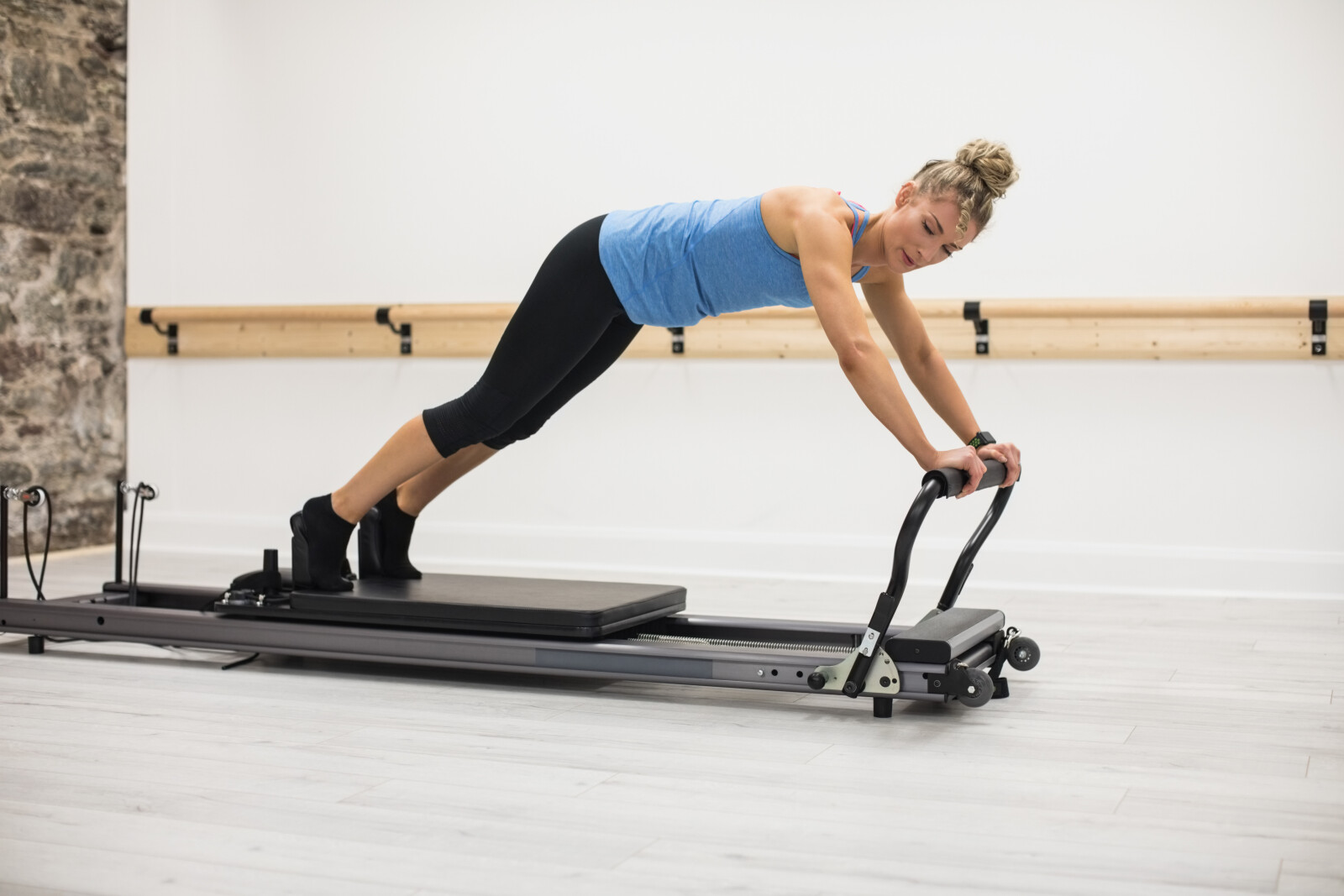5 Common Slip and Fall Hip Injuries With Average Settlement Amounts
Slip and fall accidents often lead to diverse hip injuries, each with varying degrees of severity and compensation ranges. This article explores five common hip injuries from such accidents, their respective average settlement amounts, and the essential role of diagnostic studies and medical records.

Furthermore, it delves into the significance of evidence collection for non-economic damages and immediate post-injury actions.
Finally, it outlines strategies to accurately determine the worth of an individual's injury claim.
Key Takeaways
- Hip strains and sprains can be treated at home with rest, icing, and elevation, and the average compensation for minor cases is typically under $5,000.
- Traumatic hip bursitis can be treated non-surgically with reducing activities, medications, and physical therapy, and the average compensation ranges from a few hundred dollars up to $10,000.
- Labral cartilage tears may require rest, pain medications, injections, and physical therapy, and the average compensation ranges from $15,000 to $30,000, depending on the need for surgical repair.
- Full or partial hip dislocations require immediate medical treatment, and the average compensation ranges from $5,000 to $10,000, considering medical expenses and lost wages.
Understanding the Different Types of Hip Injuries
In the context of slip and fall accidents, understanding the various types of hip injuries is critical due to the diverse treatment options and corresponding settlement amounts.
Hip strains and sprains typically require physical therapy and may result in compensation under $5,000.
Traumatic hip bursitis could necessitate steroid injections and possibly yield up to $10,000 in compensation.
Labral cartilage tears often involve pain and mobility issues and might require surgical repair. Compensation for this type of injury can range from $15,000 to $30,000.
Full or partial dislocations and hip fractures usually necessitate immediate medical attention. Compensation amounts for dislocations can reach $10,000, while hip fractures can result in settlements of up to $400,000.
The treatment options and compensation amounts vary significantly, underscoring the need for individual case assessment.
Importance of Diagnostic Studies and Medical Records
Diagnostic studies such as X-rays, CT scans, and MRIs play a crucial role in the accurate identification and treatment of injuries sustained from accidents. These imaging techniques offer unparalleled benefits in early diagnosis, which in turn facilitates timely intervention, accelerating recovery and reducing the risk of long-term damage.
- Benefits of Early Diagnosis: Timely diagnostic studies can reveal the extent of the injury, thus guiding the appropriate treatment plan.
- Role of Medical Records in Proving Negligence: Medical records, inclusive of diagnostic results, serve as concrete evidence in legal scenarios, substantiating claims of negligence.
- Legal Implications: Prompt diagnosis and well-documented medical records can significantly influence the outcome of personal injury lawsuits, potentially leading to substantial compensation.
Gathering Evidence for Non-Economic Damages
Gathering evidence for non-economic damages, such as pain and suffering, can significantly impact the overall worth of a personal injury claim. Key to this process is the collection of family testimonies and an analysis of the impact on family expenses. Family testimonies provide a detailed account of the experienced pain, suffering, and any resulting lifestyle changes. The impact on family expenses offers tangible evidence of the financial burden caused by the injury.
| Type of Evidence | Impact on Claim Value |
|---|---|
| Family Testimonies | Contributes to the assessment of pain, suffering, and lifestyle changes |
| Impact on Family Expenses | Provides proof of financial burden |
Immediate Actions After a Slip and Fall Hip Injury
Immediate medical attention is crucial following the occurrence of a traumatic hip event, which often results from a loss of balance or sudden tumble. This ensures a thorough diagnosis and initiation of the appropriate treatment plan.
In addition to medical care, the following steps are essential:
- Reporting the slip and fall incident to the appropriate authority or property owner.
- Documenting the incident and any contributing conditions, such as a slippery surface or lack of adequate lighting.
- Seeking legal advice to understand potential options for compensation.
These measures not only facilitate recovery but also strengthen any subsequent legal claims. It is advisable to consult with a personal injury attorney to ensure proper adherence to legal procedures and timelines.
How to Determine the Worth of Your Injury Claim
Assessing the value of an injury claim necessitates a comprehensive review of the incident details. This includes an evaluation of the physical harm incurred and a determination of fault. Fault assessment is crucial in establishing liability and the percentage of blame apportioned to each party involved.
The extent of physical injuries also plays a significant role in determining the claim's worth. This is corroborated by medical records, diagnostic studies, and professional opinions. The severity of the injuries greatly affects the compensation that may be awarded.
Economic damages, such as medical expenses, rehabilitation costs, and lost wages, are considered alongside non-economic damages like pain and suffering. These factors are taken into account when calculating the overall value of the claim.
For claimants facing financial strain, pre-settlement funding may be an option. This involves receiving a cash advance before the claim is settled, which can help alleviate immediate financial burdens.
Frequently Asked Questions
What Steps Can I Take to Prevent Slip and Fall Hip Injuries at Home or at Work?
To prevent slip and fall hip injuries, safety measures should be implemented both at home and in the workplace.
Appropriate safety equipment, such as handrails and non-slip mats, can reduce the likelihood of accidents.
Furthermore, careful consideration of flooring options is crucial. Opting for non-slip surfaces and promptly addressing any flooring defects, such as loose tiles or uneven surfaces, may significantly decrease the risk of falls, subsequently minimizing the potential for hip injuries.
How Long Does It Typically Take to Receive Compensation After a Slip and Fall Hip Injury Claim?
The timeline for receiving compensation following a slip and fall hip injury claim varies greatly. Factors influencing duration include the complexity of the case, negotiation length with the insurer, and potential litigation. Generally, settlement negotiations may commence once recovery is complete, to accurately quantify damages.
Therefore, claim timelines can range from several months to a few years. It is crucial to consult with a legal professional to navigate this process effectively.
Are There Any Long-Term Health Implications Associated With the Common Types of Hip Injuries?
Long-term health implications associated with common types of hip injuries may include chronic pain, reduced mobility, and potential need for hip replacement.
Such injuries often necessitate extended rehabilitation periods, presenting challenges such as physical discomfort and time commitment.
In severe cases, hip replacement surgery may be required, which carries its own set of implications, including surgical risks, long recovery time, and potential for future revision surgeries.
Therefore, the impact of these injuries extends beyond immediate physical damage, often affecting individuals' quality of life long-term.
How Does the Court Process Work in a Slip and Fall Hip Injury Case?
In a slip and fall hip injury case, the court process initiates with negligence determination. The plaintiff must prove the defendant's failure in maintaining safety standards.
Subsequently, settlement negotiation occurs. The goal is to reach an amicable resolution without going to trial.
If negotiations fail, the case proceeds to trial. The final decision rests on the jury or judge.
The process is intricate and requires a comprehensive understanding of legal and medical terminologies.
Can a Pre-Existing Hip Condition Affect the Outcome of My Slip and Fall Hip Injury Claim?
In slip and fall claims, pre-existing hip conditions can indeed influence the outcome. The severity of the injury and its impact on the pre-existing condition is a key determinant.
Often, defendants argue 'Claim Denials' on the grounds of pre-existing conditions. However, if it's proven that the fall exacerbated the condition, compensation may still be awarded.
Critical to this process is thorough medical documentation showing the injury's exacerbation post-fall, which substantiates the claim.

This post has been generated by AI and was not reviewed by editors. This is Not legal advice. Please consult with an attorney.




